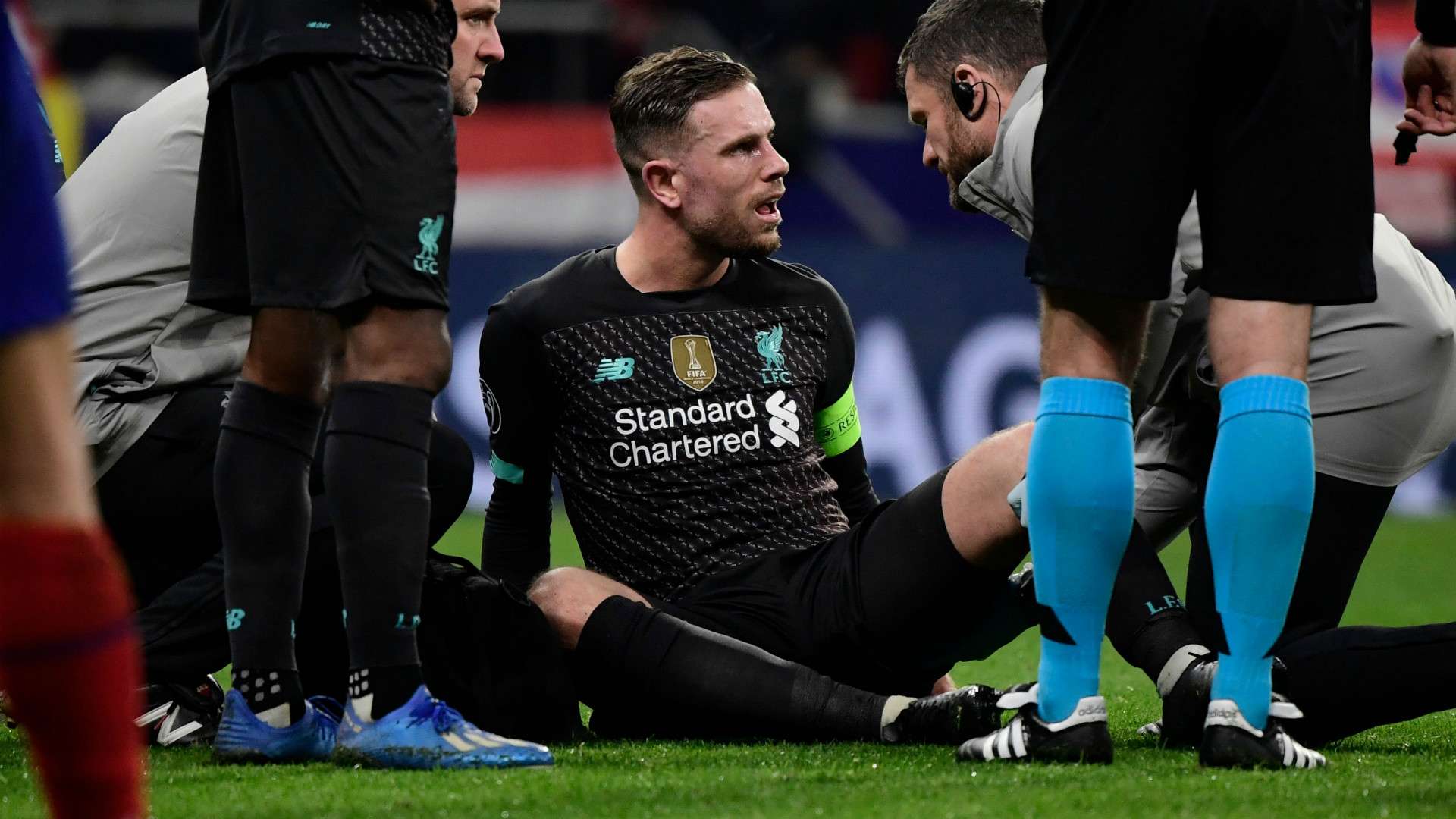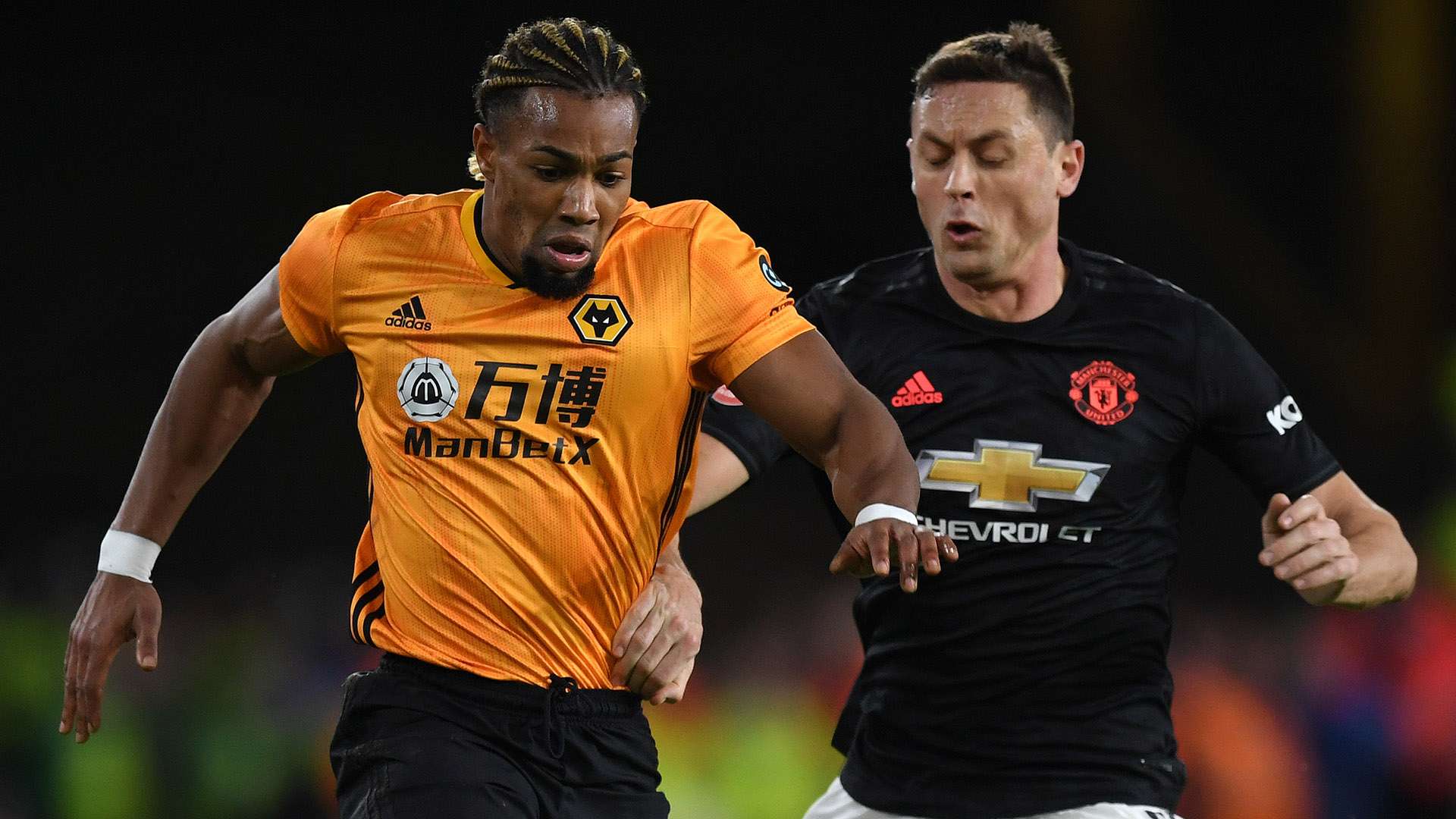Premier League medical staff are about to be busier than they have ever been.
With top-flight football in England set to resume on June 17, the race to get players fit and ready for the restart is well and truly on.
This week saw a major step forward, with clubs voting unanimously to return to full-contact training after a break of more than 10 weeks. Smiles all round, from players to coaching staff.
“I lived it and loved it at the same time!” grinned Pep Lijnders, Liverpool’s assistant manager, when asked how he had enjoyed having his squad together again at Melwood.
The hard work starts here, especially if you are a physiotherapist, a sports scientist, a fitness or rehabilitation coach. If April and May have been challenging, just wait and see what June and July have to offer.
“It is going to be a really challenging time,” says Andy Renshaw, who spent eight years as a physio with Liverpool.
“There will be a lot of pressure on medical staff, I’m sure. I think everyone is expecting the workload to go up significantly.”
Since leaving Liverpool in November 2017, Manchester-born Renshaw has worked as a consultant physio for Harris and Ross in Wilmslow, working individually with sportsmen at all levels.
Rehabilitation and injury prevention are his stock-in-trade, so he is ideally placed to offer an insight into the risks players face when transitioning from an unprecedented period of lockdown into a high-intensity, high-stakes return to competitive action.
“They’re huge,” he tells Goal of those risks. “The simple fact is that their bodies are not used to tolerating the level of load that is going to be demanded of them when they go back.
 Getty Images
Getty Images
“The managers and the staff will have tried to monitor the levels of players while they’ve been off, but the moment they come back, everything is different.
“They’re training on grass, in their boots. They might have been wearing trainers for the last 10 weeks. There’s the surface, the ground will be quite hard at the moment too given the weather, and they’ll be changing direction, accelerating, decelerating, chasing a ball round at full speed.
“They haven’t done that for a considerable period of time, so there is huge potential for load-related problems – Achilles tendons, hamstrings, adductors, patella tendons, anything in the lower limb which is having to readjust to the demands.
“And as a result of everything – the reduced strength, reduced endurance – the players’ proprioceptive levels are reduced as well, so you could well see an increase in the more serious kind of ligament injuries, including ACLs.”
Renshaw’s fears are shared by many within the game. In Germany, the rate of injuries since the Bundesliga restarted on May 16 has been above the norm, while England has already seen the first serious injury since training resumed, with Everton’s Jean-Philippe Gbamin having suffered a ruptured Achilles which will keep him out until at least the start of 2021.
 Getty Images
Getty Images
Lessons from the NFL?
The Achilles injury, in particular, is a source of concern for club medics – and with good reason.
A study published by the Journal of Orthopaedic & Sports Physical Therapy in October 2011 discussed the effects of the NFL ‘lockout’, which ran from mid-March to late-July. It found there was an “unprecedented number” of Achilles tendon injuries during training camp and pre-season programmes, pointing to an “alarmingly rapid transition” from the end of lockout to the start of competition.
It noted that 12 Achilles injuries requiring surgery had been suffered across the league during training camp and pre-season – more than any recorded numbers for Achilles injuries across an entire league season.
Five of those 12 injuries were suffered by ‘rookies’. Achilles injuries had traditionally been associated with older players, but the average NFL experience for all 12 victims in the summer of 2011 was just 1.4 years, and their average age was just 23 years and nine months.
The study also suggested an increase in the “relative risk of re-injury” following a return to full-contact training, with players, despite the best efforts of club medical staff, demonstrating “lingering deficits, that are not self-perceived and limit their potential for safe integration into full competition.”
Gbamin, Renshaw fears, could be the first of many to suffer in the Premier League.
“There might only be a handful of games to be played,” he says. “But the demands of those games won’t change. The moment the whistle goes, competitiveness will take over. They’re chasing a ball, chasing three points. They’re not thinking ‘I’ll slow down for this one’, they’ll just go for it.

“Even if the players are ultra-professional, that period where they have not been in the training ground is still going to cause issues. And if they haven’t been as disciplined as they should have been, they will be under enormous risk.
“Even if they have, there’s still a big, big risk.”
‘Ramping it up’
Liam Hayes is the founder and CEO of TrainMyAthlete, a performance and well-being analytics platform, which works with a number of professional clubs and has been using anonymised data to look at training trends and potential risks during the period of lockdown.
“We have noted a lot of players are doing long-distance running to keep fit because that's what they have access to,” he tells Goal. “Not every player has a home gym.
“So we are seeing that they are now about 60 per cent on sprinting, accelerating and decelerating, from what they do in a training session or match. They can’t replicate that in [home] training.
“That’s where the data is incredibly valuable. It isn’t just about preventing Covid-19 spreading through the squad - the sports science is about building match fitness to reduce the risk of injury.
“Normally you would have a pre-season over six weeks and be able to spread the minutes out across the players. Now you have got such a short window to get ready, this is where sports scientists and physios come into their own. You need to ramp up the intensity, but any ramp up in intensity is going to risk injury.
 Getty
Getty
“I think that the clubs who manage that the best will be the most successful.”
Flaminia Ronca, an exercise physiologist at the Institute of Sport, Exercise and Health, part of University College London, agrees.
She told BBC Sport: "It's possible that the players may have lost up to 15% of their fitness, which they now need to regain in a very short time.
"And I think this is really where the science of training becomes so crucial. Coaches will have to be very creative and combine the most effective methods of training with the safest injury prevention methods, all condensed into this very tight timeframe."
‘Injuries are inevitable’
That tight timeframe, of course, will not help matters.
We are used to hearing managers such as Jurgen Klopp and Pep Guardiola discuss fixture congestion and scheduling, and the next seven weeks will be provide a huge test of players’ endurance and conditioning.
The Premier League’s provisional aim is to finish the current season by the end of July, a period of just 41 days in which all teams will have to play at least nine league matches – and four sides will play 10. Those clubs still in the FA Cup could play up to 13 matches by the first weekend in August, and that is before some potentially go onto finish their European campaigns.
The BBC this week quoted research conducted by Zone7, an artificial intelligence platform which specialises in injury-risk forecasting. The research suggested that a compressed schedule – eight games in 30 days was the figure used – meant an increase of 25% in terms of incidence of injury.
The Premier League, following the lead of the Bundesliga, will permit five substitutions per side for the remaining fixtures, but that alone will not offset the risk.
“There’s always a spike in injuries during congested fixture periods,” says Andy Renshaw. “At Christmas, for example, we know that the injury incidence always goes up. So shortening the period we’ve got to prepare players for a Premier League game, that causes a lot of problems.
“I think we’ll end up seeing a ton of hamstring injuries. The muscle injuries are a much greater risk. We don’t know by how much, because we’ve not had anything like this before, but we know that the risk is greater because players are not as conditioned. They can’t be.
 Getty
Getty
“And look, everybody in the game knows this fact; match injuries are way more prevalent than training-ground injuries. Way, way more prevalent. And the players are going to resume this season without having had a competitive fixture to prepare them.
“Players’ bodies are used to tolerating a certain amount of load during a week. A certain amount of distance, accelerations, decelerations, high-speed runs and changes of direction.
“You don’t have to work at Liverpool to know that Jurgen demands a lot from his team, and that demand is carefully managed by staff so that they don’t spike that workload.
“Now, they have to spike. They only have three weeks to get ready for the season. You can’t just steadily increase it like you would in a normal pre-season, because there isn’t enough time.”
Liam Hayes adds: “It is inevitable that muscle and soft-tissue injuries will happen because match fitness has not been replicated in lockdown. We have already seen it in the Bundesliga.
“I think medical teams will be on high alert to withdraw players on the slightest of tweaks or pulls in matches and that’s where the five substitutions come into play to allow them to do that. Players recover faster when taken off early.
“We will see novel or innovative ideas from clubs in recovery from matches as smaller teams usually have a week between matches, so we will see a lot of active recovery rather than high-intensity training sessions before games.
“Sadly, it is inevitable that there will be injuries, but these guys are in the best hands.”
